Here’s what you need to know
Even though Labor Day has passed, it is still summer! You might be starting to think about installing a new fireplace or upgrading your old wood-burning fireplace. If you are, a gas fireplace is an excellent option to choose from. Fireplaces are known to add value to your home, and gas fireplaces can provide your home with heat during the winter at a fuel-efficient cost and with a stylish ambiance.
Our goal is to inform you of everything you need to know to choose the right gas fireplace and understand the process.
Why A Gas Fireplace?
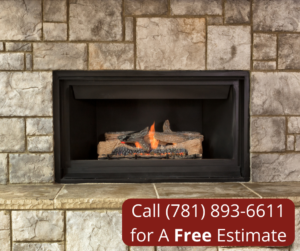 Efficiency
Efficiency
First and foremost, a gas fireplace has a huge advantage over a wood-burning one because of its energy-efficient nature. Wood fires generally convert about 10 to 30 percent of the fuel’s energy into heat, whereas a gas fireplace converts 75 to 99 percent of a fuel’s energy into heat for your home.
Ease of Use
A gas fireplace is far easier than a wood-burning one to start, maintain, and use. There are no logs to split, carry, take up space, and season. Fires in a gas fireplace do not need to be tended to and fed with more logs and won’t die out if you leave it alone like a wood fire.
Unlike with a wood fire, there is no cleaning ashes or smells of smoke wafting into your home.
Gas fireplaces can be lit with the push of a button on your thermostat or with a remote control. You can also adjust them and put them out with the use of your thermostat.
Heat Output
Because your wall thermostat can control the gas fire, you can also adjust the heat output. If it’s too hot, you can easily adjust the flame to your liking. The same goes if it’s too cold. The thermostat will even maintain the temperature setting for you and adjust the fire accordingly.
Additionally, if you choose a gas fireplace with fixed glass panels and a direct-vent firebox, you can ensure heat doesn’t escape up the flue as it does with a wood fire. This translates to even more heat output when you need it and a greater degree of fuel efficiency.
 Style
Style
This comes down to personal choice. You make like the classic look of a traditional fireplace with wood logs. But if you are after a sleek, modern look, then a glass-enclosed gas fireplace may be exactly what you are looking for.
Fireplace Options
If you have decided on installing a gas fireplace, there’s still another step to consider: what kind do you want? There are many different types and styles, each of which has something to offer your home.
Inserts (Vented or Direct Vent)
Inserts are fireplace sets within a metal box that can be installed in an existing fireplace. Access to gas and electric lines must be drilled and then hooked up to the box. The box is then inserted into the fireplace.
Gas fireplaces don’t produce any smoke or odors, but – as with any fire – they still produce dangerous and toxic byproducts. A vented, also known as a direct vent, fireplace is the safest method of getting pollutants such as carbon monoxide out of your home.
Some units have blower options that take the cool air from inside your house, draw it into a separate chamber with a built-in fan, warmed, and then the heated air is blown back into the room along with the radiant heat produced by the fireplace.
Vent-Free (or Ventless)
Ventless fireplaces draw combustion air directly from your room, heat that air, and then send it back out along with the fumes. The exhaust fumes are a serious disadvantage to ventless gas fireplaces, and no flue or other pipe is directing the fumes out of your home.
These types of fireplaces can be up to 99% fuel efficient because most of the heat stays inside the home, but because possible pollutants in the air are a concern, they are tuned to run very cleanly and are limited to 40,000 British Thermal Units (BTU). Meaning they cannot produce as much heat as other fireplaces.
These fireplaces come equipped with an oxygen sensor to automatically shut off if the oxygen in a room drops below a safe threshold. California and some U.S. cities have banned vent-free fireplaces.
Log Sets
Gas log sets are the best gas option if you like the look of a traditional wood-burning fireplace. After the gas lines have been run, a grate and ceramic logs are placed on the firebox floor. Log sets available today come in all different styles to match the decor. Media kits are available from river rock, coal, glass beads, to charred oak or birch.
The one drawback is most of the heat created by one of these units is lost because your chimney damper must always remain open so that the fumes can escape your home. Because of this, log sets should be treated as decorative home design choices and not as an option for serious wintertime heating.
Final Considerations
A gas fireplace can be fueled by natural gas or propane. Natural gas is more efficient, but propane can be used if there’s no gas available. A plumber will need to be consulted about running gas lines to the fireplace and making the unit’s final connection.
Some fireplaces use pilot lights to get your fire started while others us electronic ignition systems. Electronic ignition systems require a battery backup unit to start a fire in a power outage event. At the same time, pilot lights run continuously and can cost you a small amount each month on your energy bill.
We hope this helps you to make an informed decision about gas fireplaces. Please feel free to call us at 1-617-781-893-6611 to discuss your concerns or questions or schedule visit now!
The post Thinking of Converting from Wood to Gas? appeared first on Boston's Best Chimney.

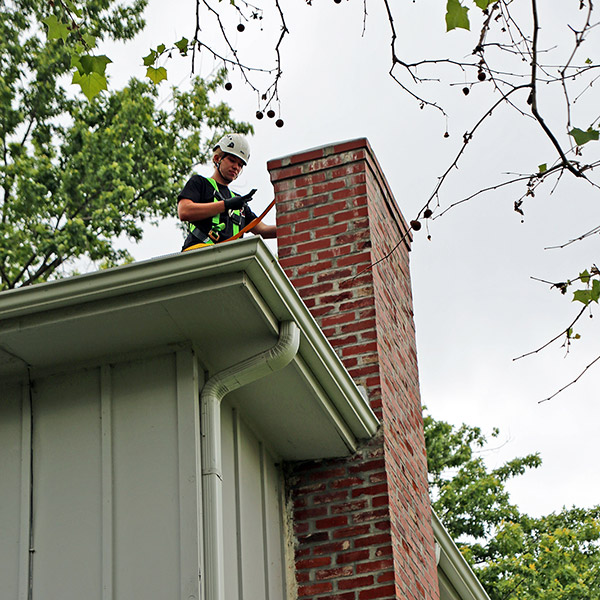 Getting the most out of your chimney requires periodic maintenance. Some of this maintenance should be done by a licensed chimney professional; other tasks are ones you can easily take care of yourself. Let’s look at six important maintenance activities for your chimney.
Getting the most out of your chimney requires periodic maintenance. Some of this maintenance should be done by a licensed chimney professional; other tasks are ones you can easily take care of yourself. Let’s look at six important maintenance activities for your chimney.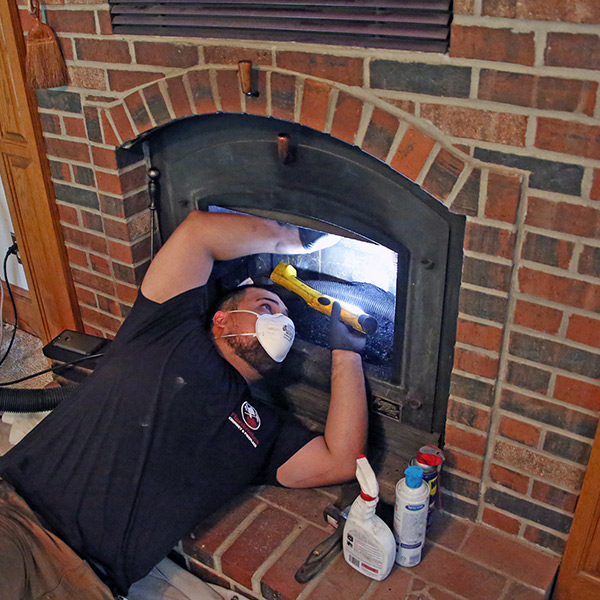 Inspect the firebox
Inspect the firebox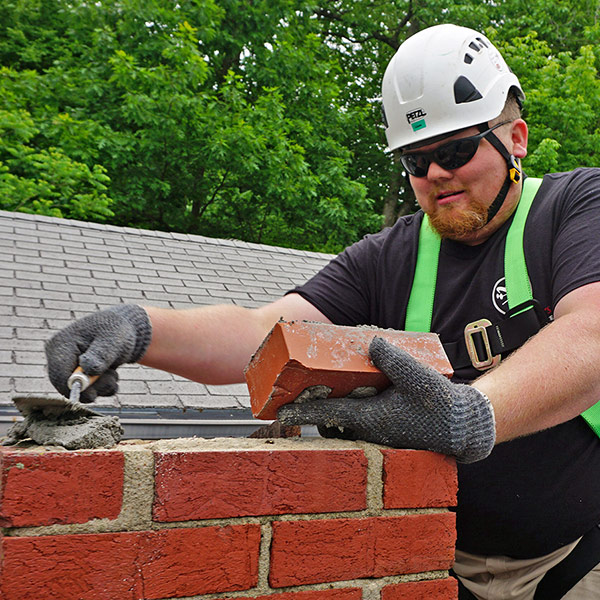 The chimney structure
The chimney structure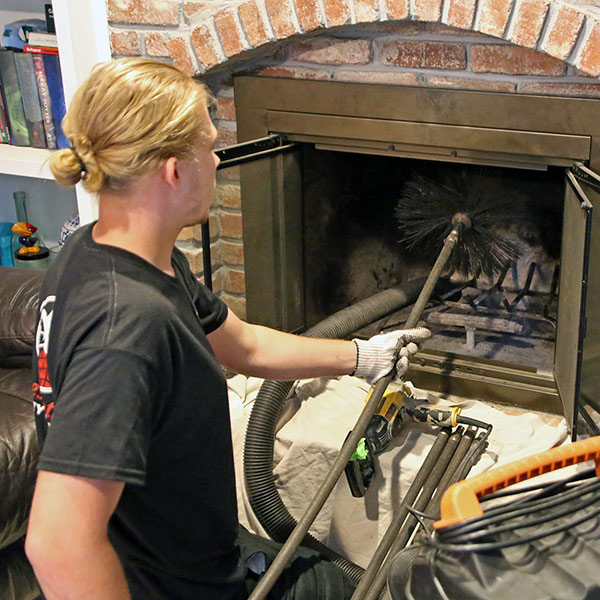 A final key area chimney sweeps examine is the ability of your chimney flue to draft smoke. When you operate your chimney with no chimney cap or one that is old and damaged, a variety of obstructions can get in and hinder drafting.
A final key area chimney sweeps examine is the ability of your chimney flue to draft smoke. When you operate your chimney with no chimney cap or one that is old and damaged, a variety of obstructions can get in and hinder drafting. Efficiency
Efficiency Style
Style
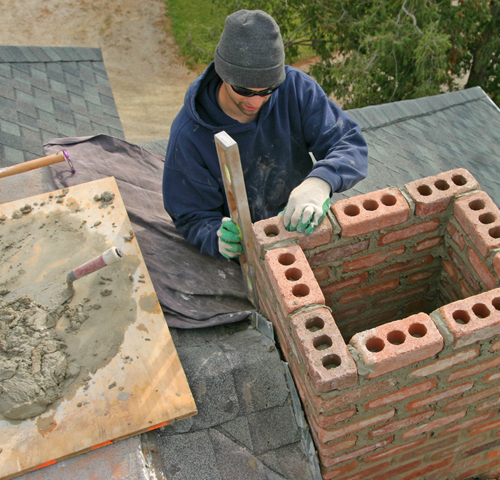 What is chimney rebuilding?
What is chimney rebuilding?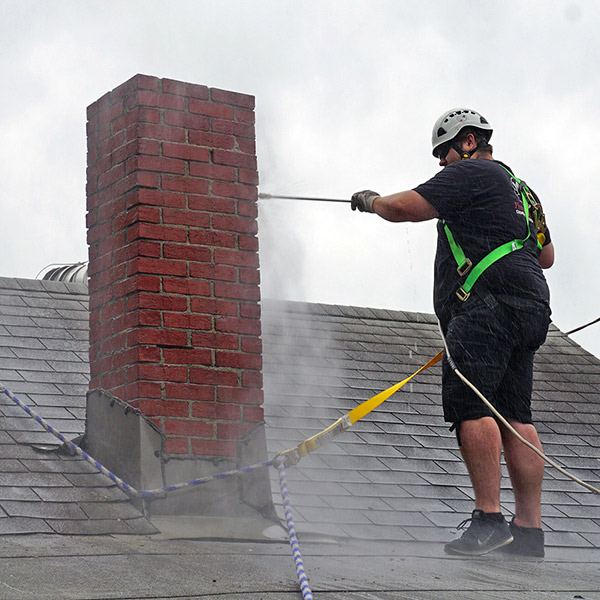 By scheduling regular inspections, chimney sweeping, and maintenance services, you stand a better chance of avoiding major work on your chimney structure in the future.
By scheduling regular inspections, chimney sweeping, and maintenance services, you stand a better chance of avoiding major work on your chimney structure in the future.